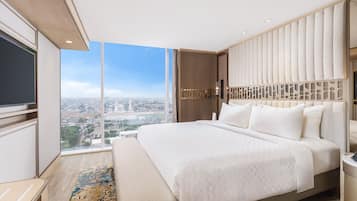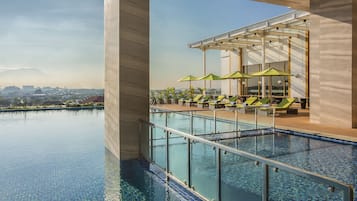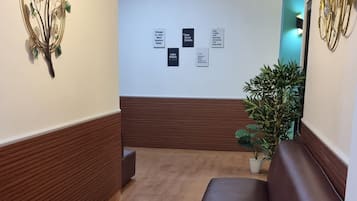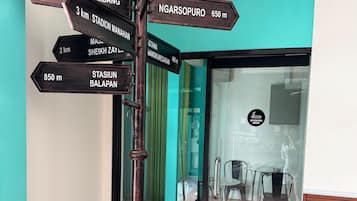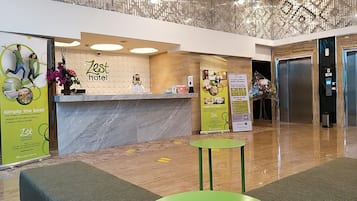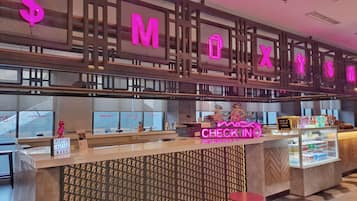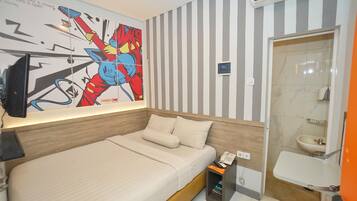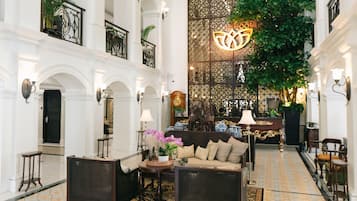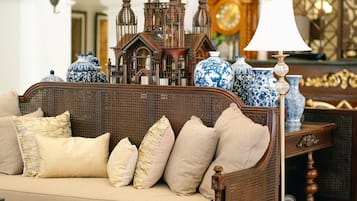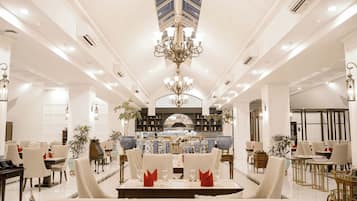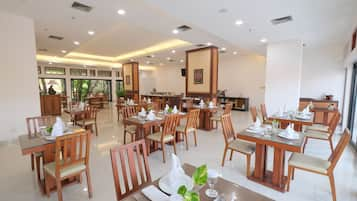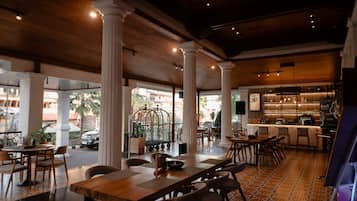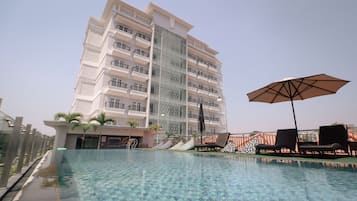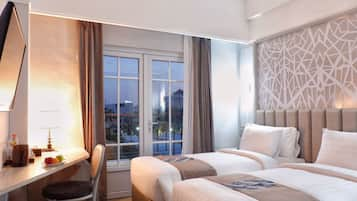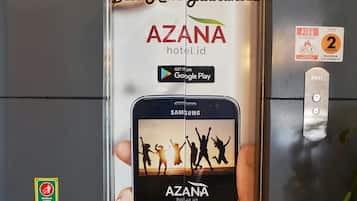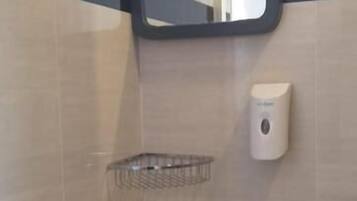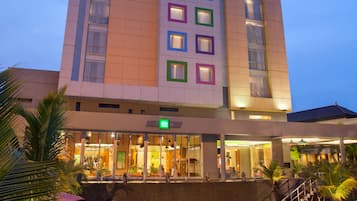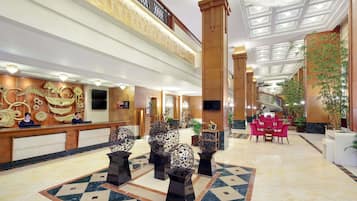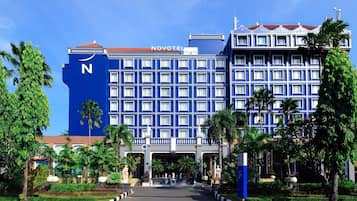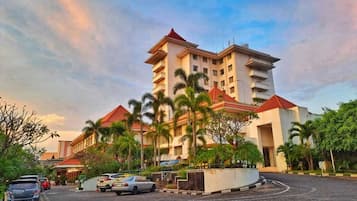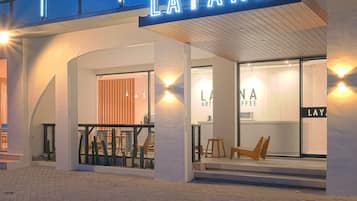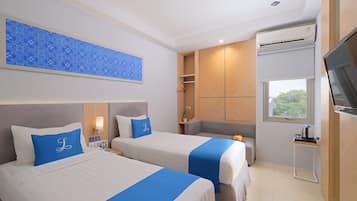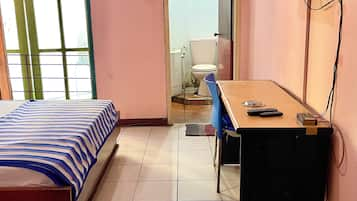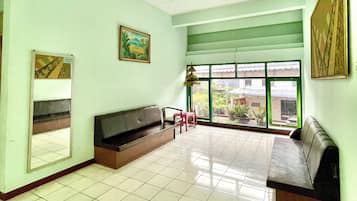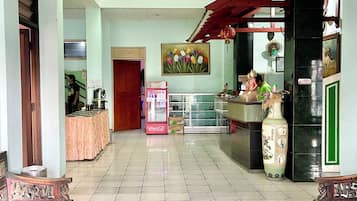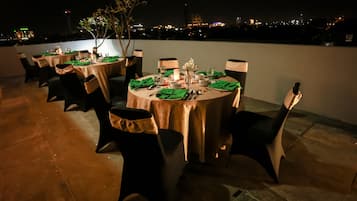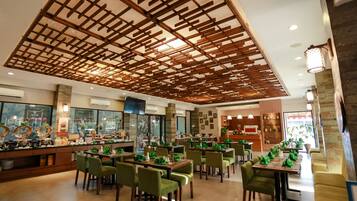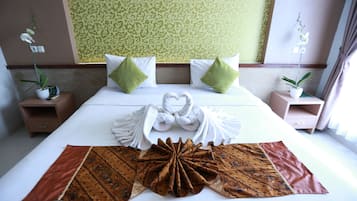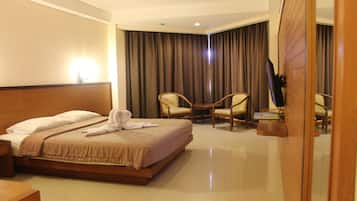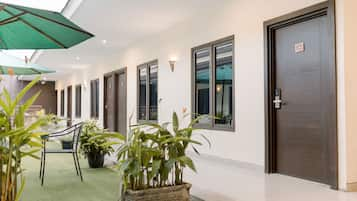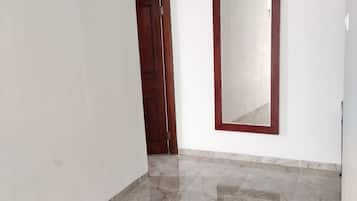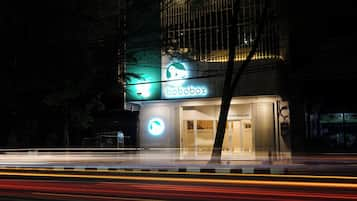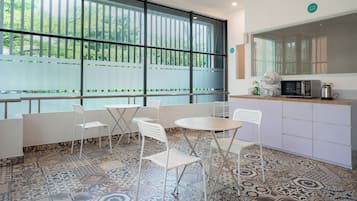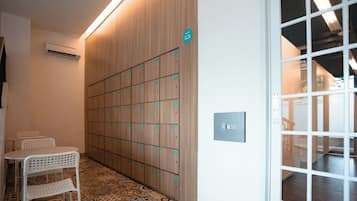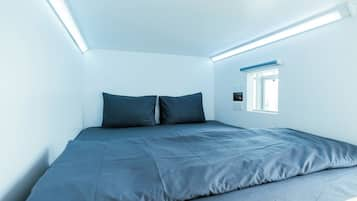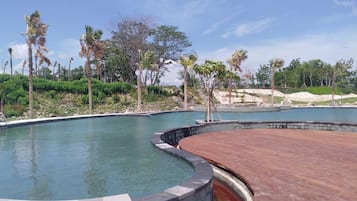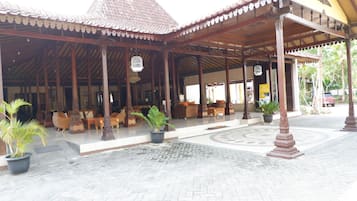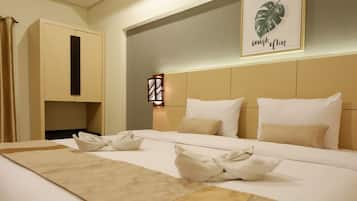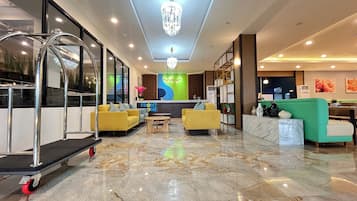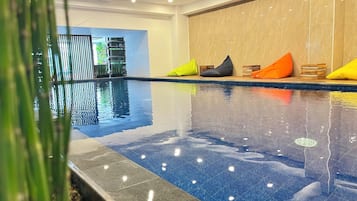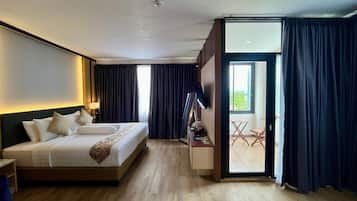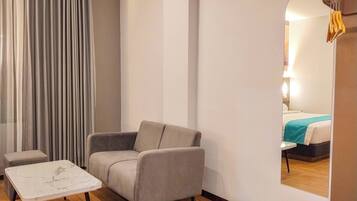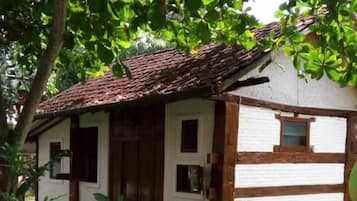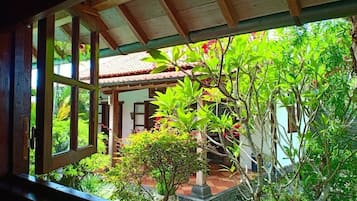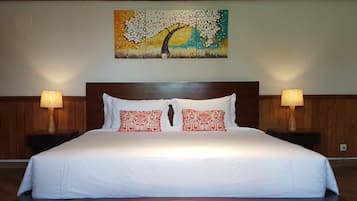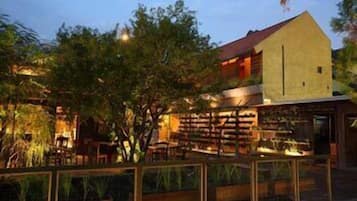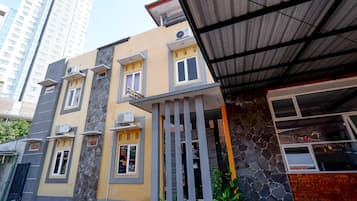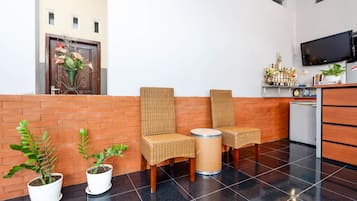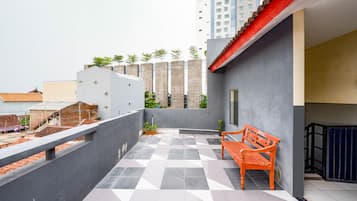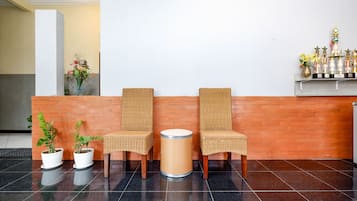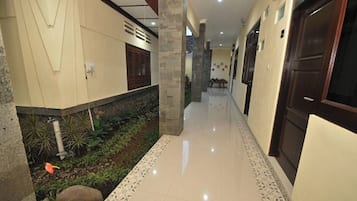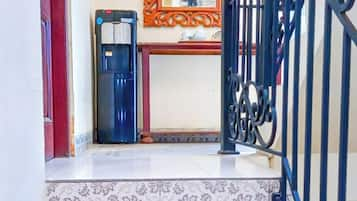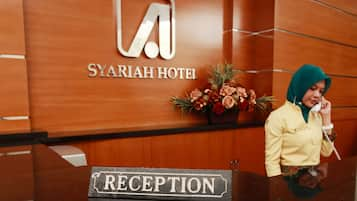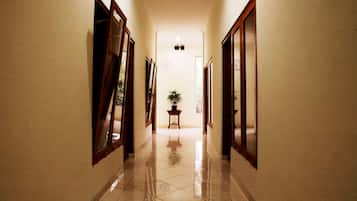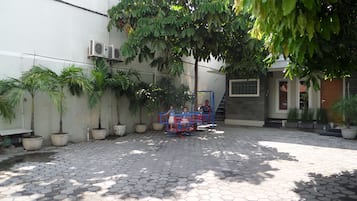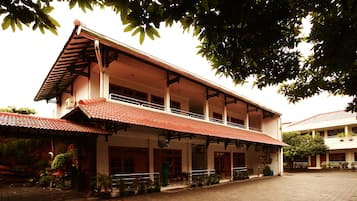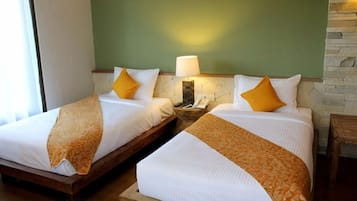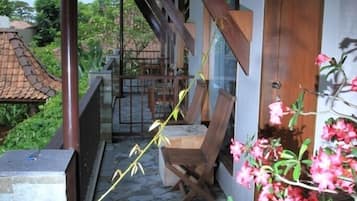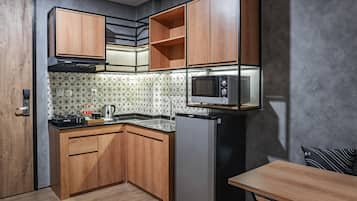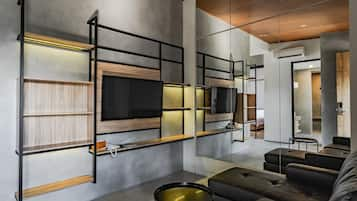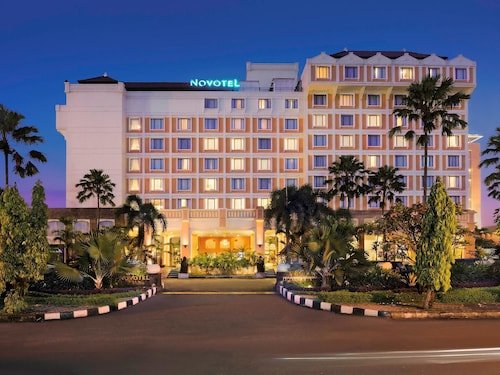Photo by Sharrie Shaw
Hotels in Banjarsari, Surakarta
- Change your mindBook hotels with free cancellation
- Be pickySearch almost a million properties worldwide
Go beyond your typical stay in Banjarsari
Family friendly
Check prices for these dates
Top 10 Hotels in Banjarsari, Surakarta

Swiss-Belhotel Solo
Banjarsari
9.2 out of 10, Wonderful, (38)
The price is RM176
RM212 total
includes taxes & fees
17 Nov - 18 Nov
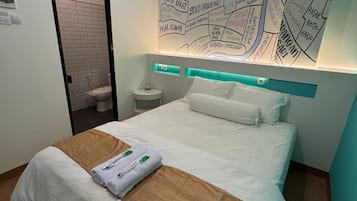
Comfort Centre Residence Solo
Banjarsari
The price is RM66
RM80 total
includes taxes & fees
17 Nov - 18 Nov
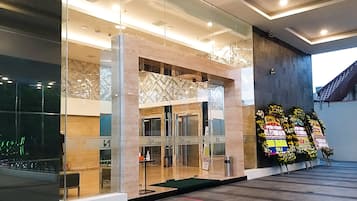
Zest Parang Raja Solo by Swiss-Belhotel International
Banjarsari
7.0 out of 10, Good, (2)
The price is RM63
RM77 total
includes taxes & fees
17 Nov - 18 Nov
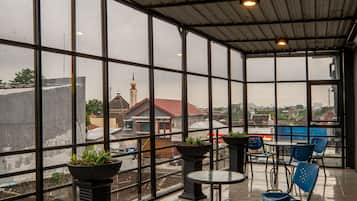
Red Chilies Hotel
Banjarsari
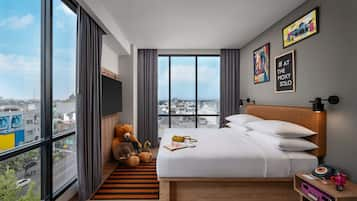
Moxy Solo
Banjarsari
9.2 out of 10, Wonderful, (7)
The price is RM148
RM179 total
includes taxes & fees
21 Nov - 22 Nov
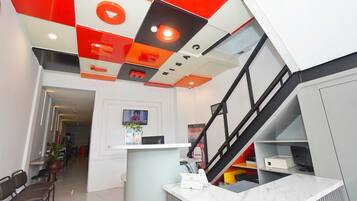
Front One Budget Hotel Tirtonadi Solo
Banjarsari
4.0 out of 10, (1)
Lowest nightly price found within the past 24 hours based on a 1 night stay for 2 adults. Prices and availability subject to change. Additional terms may apply.
Hotels in Banjarsari with free breakfast
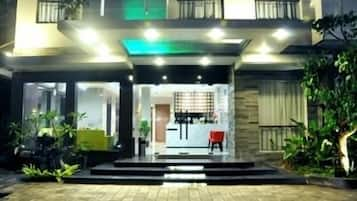
Loji Hotel Solo by Wstay
Loji Hotel Solo by Wstay
7.2 out of 10, Good, (17)
The price is RM65
RM79 total
includes taxes & fees
17 Nov - 18 Nov
Hotels in Banjarsari with a pool
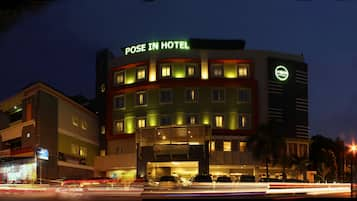
Pose in Solo by Wstay
Pose in Solo by Wstay
6.8 out of 10, (17)
The price is RM66
RM80 total
includes taxes & fees
8 Dec - 9 Dec
Top guest rated hotels in Banjarsari
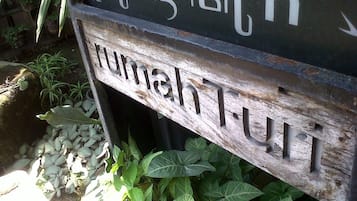
Rumah Turi Eco Hotel
Rumah Turi Eco Hotel
7.8 out of 10, Good, (15)
The price is RM60
RM72 total
includes taxes & fees
17 Nov - 18 Nov
Where to stay in Banjarsari
Find the best Banjarsari areas for the activities you enjoy most.
Solo City Centre
You'll enjoy the museums and zoo in Solo City Centre. You might want to make time for a stop at Solo Paragon Lifestyle Mall or Keprabon Park.
Explore a world of travel with Expedia
Frequently asked questions
Destinations near Surakarta
Hotels near other Attractions
More ways to book
Expedia's Latest Trends
Hotels
- V Villas Phuket - MGallery
- JW Marriott Hotel Jakarta
- Risemount Premier Resort Da Nang
- Gateway Hotel Pratunam
- Super 8 Hotel @ Georgetown
- Hotels with free airport shuttle in Jeddah
- OYORooms Hotels in Sungai Besar
- Aonang Goodwill Hotel
- Bawah Reserve
- Hotels in Pengkalan Kubor
- Crystal Crown Hotel Petaling Jaya
- The Strings by InterContinental Tokyo by IHG
- Gino Feruci Braga
- Family friendly Hotels in Pulau Perhentian Kecil
- Hotels in Kampung Wakaf Tengah
- Hotels in Old City
Flights
- Flights from Kuala Lumpur (SZB) to Incheon (ICN)
- Flights from Kuala Besut
- Flights from Kuantan (KUA) to Kota Bharu (KBR)
- Flights from Bangkok (BKK) to Hua Hin (HHQ)
- Flights from Sepang (KUL) to Hannover (HAJ)
- Flights from London (LHR) to Istanbul (IST)
- Flights from Langkawi (LGK) to Khlong Hoi Khong (HDY)
- Flights to Warwick
![At the museum no photos are allowed which is really unfortunate as it was well worth the visit and the guided tour is definitely not to be missed. In the museum there are even Batik made from the Dutch era which depicts stories like Little Red Riding Hood and Snow White!
I enjoyed the tour v much and at the end of the tour we were brought to this room where the artisan were working on hand drawn batik.
Below is an excerpt from Wikipedia for anyone interested in learning more about the process of batik making.
Firstly, a cloth is washed, soaked and beaten with a large mallet. Patterns are drawn with pencil and later redrawn using hot wax, usually made from a mixture of paraffin or bees wax, sometimes mixed with plant resins, which functions as a dye-resist. The wax can be applied with a variety of tools. A pen-like instrument called a canting (IPA: [tʃantiŋ], sometimes spelled with old Dutch orthography tjanting) is the most common. A canting is made from a small copper reservoir with a spout on a wooden handle. The reservoir holds the resist which flows through the spout, creating dots and lines as it moves. For larger patterns, a stiff brush may be used. Alternatively, a copper block stamp called a cap (IPA: [tʃap]; old spelling tjap) is used to cover large areas more efficiently.
After the cloth is dry, the resist is removed by scraping or boiling the cloth. The areas treated with resist keep their original color; when the resist is removed the contrast between the dyed and undyed areas forms the pattern. This process is repeated as many times as the number of colors desired.
The most traditional type of batik, called batik tulis (written batik), is drawn using only the canting. The cloth need to be drawn on both sides and dipped in a dye bath three to four times. The whole process may take up to a year; it yields considerably finer patterns than stamped batik.
Source: Wikipedia](https://images.trvl-media.com/place/6224808/26fd1460-c65a-4c1a-9444-7a893e883ac9.jpg?impolicy=fcrop&w=1200&h=500&q=medium)

